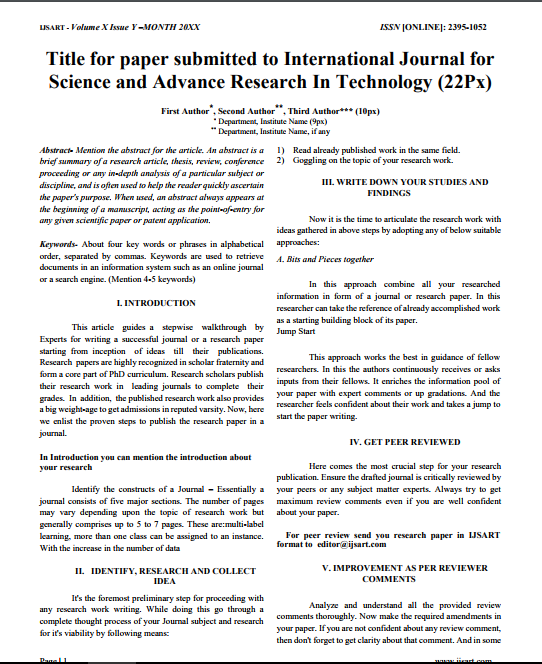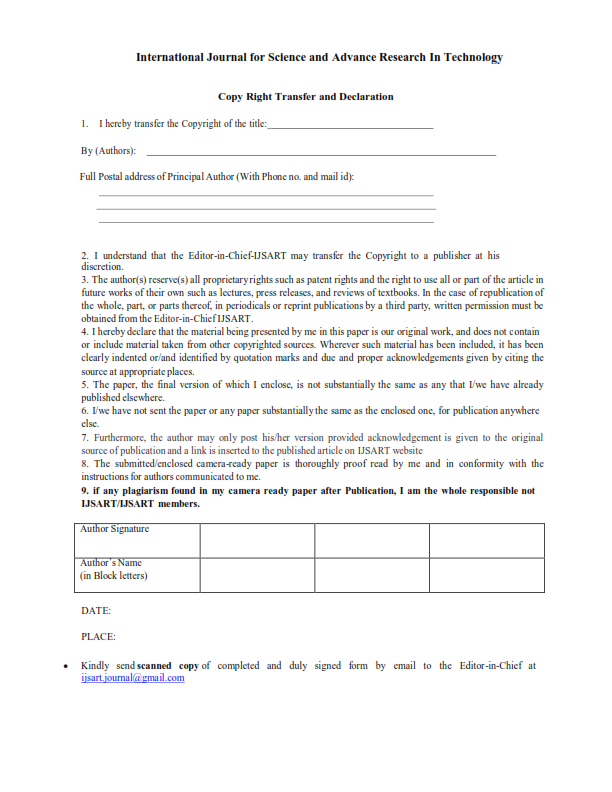Impact Factor
7.883
Call For Paper
Volume: 11 Issue 04 April 2025
LICENSE
A Review On Performance Of Concrete Mixes Containing Fly Ash
-
Author(s):
Prof. S. P. Bhise | Mr. Avinash Gawhale | Gopal Ingle | Mangesh Patil
-
Keywords:
Fly Ash 1, Aggrgate 2,Sand 3, Concrete 4,
-
Abstract:
The Particle Sizes In Fly Ash Vary From Less Than 1 μm (micrometer) To More Than 100μm With The Typical Particle Size Measuring Under 20 μm. Only 10% To 30% Of The Particles By Mass Are Larger Than 45μm.The Surface Area Is Typically 300 To 500 M2/kg, Alth
Other Details
-
Paper id:
IJSARTV10I590833
-
Published in:
Volume: 10 Issue: 5 May 2024
-
Publication Date:
2024-05-02
Download Article


